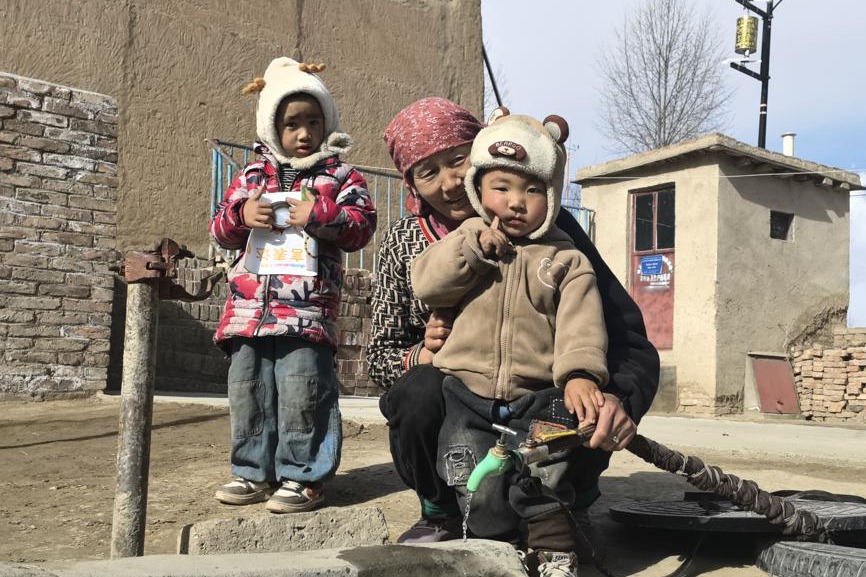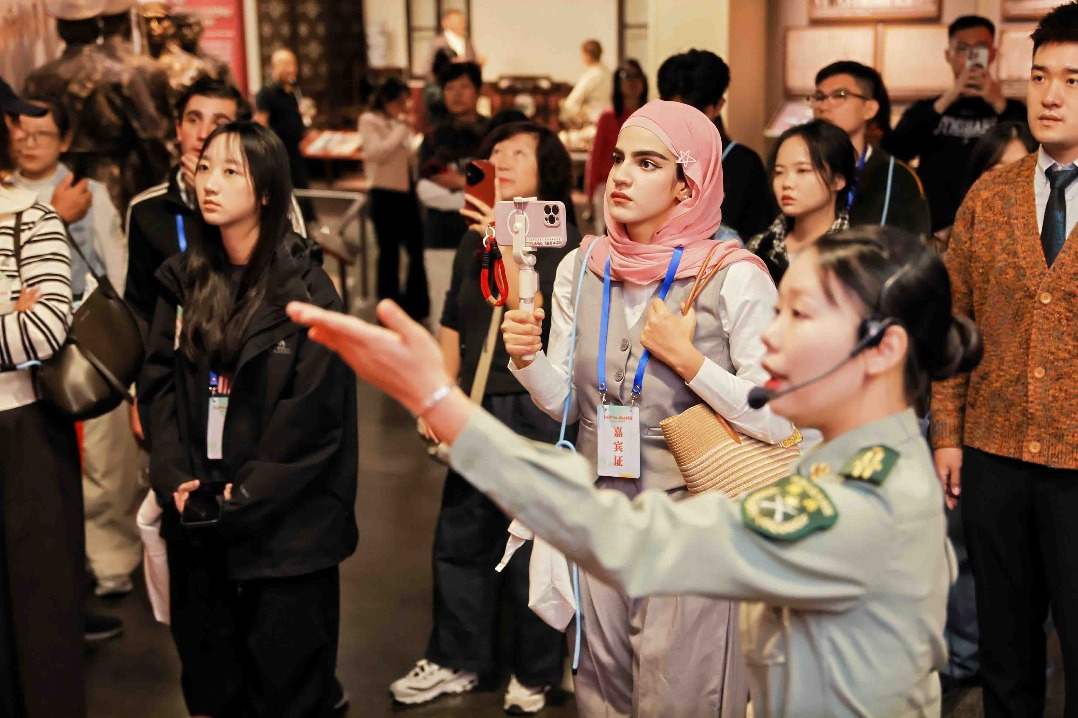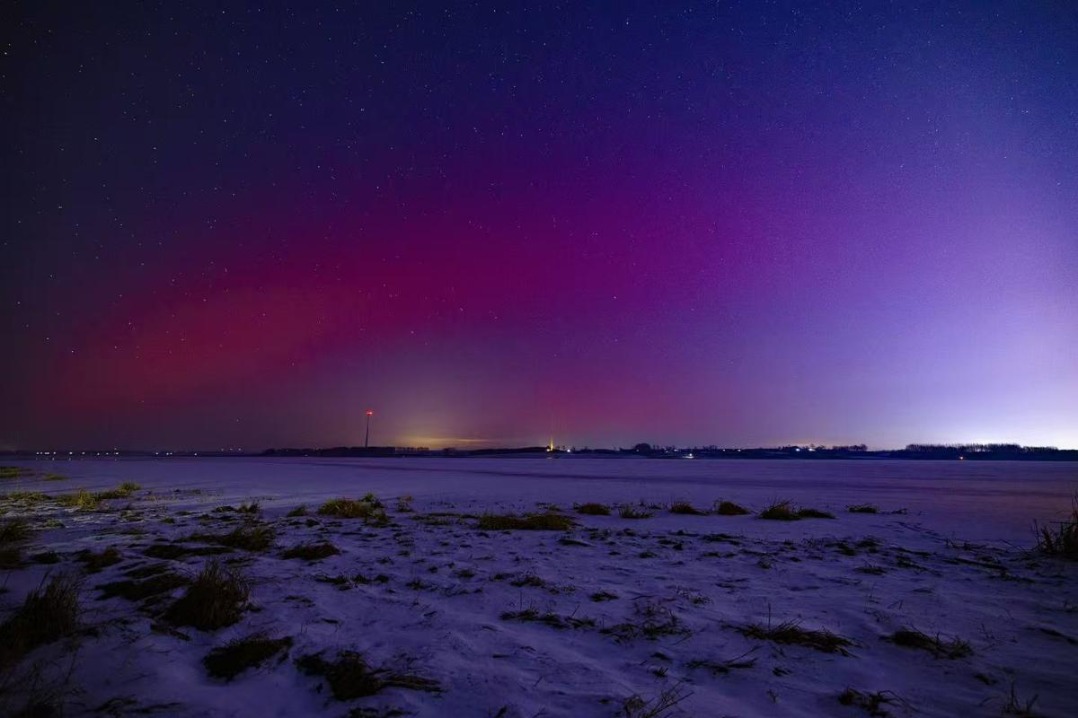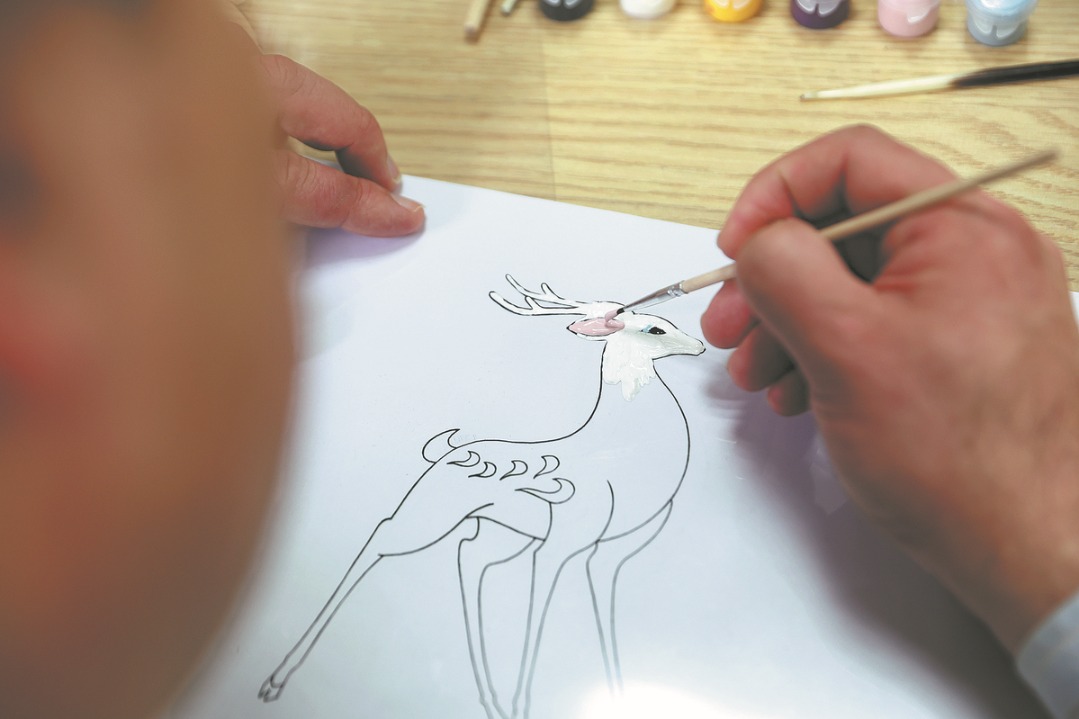DNA study reveals East-West exchanges over 2,000 years ago


A recent advanced DNA study on horse bones unearthed from the mausoleum of Emperor Wen of the Western Han Dynasty (206 BC-AD 24) has found that the two fine horses buried alongside the emperor possessed distinct "foreign" and "local" lineages, providing solid evidence of exchanges between the dynasty and Central Asia more than 2,000 years ago.
The study analyzed mitochondrial haplogroups of the ancient horse bones. A mitochondrial haplogroup shows a branch label based on maternal inheritance. It found that one belonged to haplogroup G, which is commonly found in Central Asia and another belonged to haplogroup Q of East Asia, which means they had different maternal origins. This provides new materials for studying East-West exchanges during the Western Han Dynasty, according to a paper published on Archaeology and Cultural Relics in September.
The mausoleum, also known as the Baling Mausoleum, is located to the east of Jiangcun village in Xi'an, Shaanxi province.
Hu Songmei, deputy director of the zooarchaeology committee of the Institute of Archaeology, also a main contributor to the study, said this discovery was of great significance. "It is the first time genetic evidence has confirmed that during the reign of Emperor Wen, the imperial court in Shaanxi — then the national political center — already raised fine horses both from Central Asia and local breeds.
Historical records show that Emperor Wen himself loved horse riding and archery, and attached great importance to military preparedness. The Central Asian lineage among the horses was most likely introduced to the Han court as precious gifts or trade goods through early East-West exchanges," Hu said.
This predates Zhang Qian's official mission to open up the Western regions, offering brand-new molecular archaeological evidence for studying cultural, military and trade interactions between the early Han Dynasty and Eurasia, she added.
Unlike the animal sacrificial pits outside the mausoleum, the horses were not animals from recreational hunting grounds. Instead, they were buried in pits symbolizing government institutions, which may suggest that they were military horses of the era, said Cao Long, head of the archaeological team at the Baling Mausoleum. "The horses buried with an emperor would certainly be of the finest quality, so it is inferred that they may have been an improved breed," he said, adding that the animal bones were neatly arranged, accompanied by pottery vessels and small pottery figurines.
Both horses are male. Because of their strong body and quickness, horses were regarded as a symbol of masculine power. Burying them with the emperor may have been to reinforce his authority and the legitimacy of his divine mandate in the afterlife, Cao said.
At the beginning of the Western Han Dynasty's founding, horses were rare assets but nomadic Xiongnu (Huns) horsemen had powerful cavalry. During Emperor Wen's reign, Xiongnu exerted pressure on the border of the Western Han and held the upper hand in numerous Han-Xiongnu conflicts.
This situation ultimately prompted Emperor Wen, in his middle years, to raise good horses to empower his army. The discovery of more than 30 horse pits in Emperor Wen's mausoleum complex demonstrates the development of horse administration at that time and the gradual strengthening of warhorse military preparedness. It reflects a display of military power and a political ideology that esteemed martial strength, according to Cao.
"Many elements constituting the mausoleum symbolize the emperor's daily life, governance and administration during his lifetime. The construction philosophy of Western Han imperial tombs also adhered to the principle that 'the tomb resembles the capital'," he said.
The two burial mounds of the emperor and empress symbolized the Weiyang Palace and Changle Palace, respectively, while the outer burial pits surrounding the imperial tomb represented government offices and institutions. This was the kingdom in the netherworld that the emperor created for himself, Cao added.
Since 2017, the Shaanxi Academy of Archaeology and other institutions have conducted excavations on the surrounding sites. Among these, two small burial pits situated at the southwest corner are both rectangular vertical earthen pit structures, and one horse bone was cleared from each pit. The two samples used in this study were collected from these two pits.
Contact the writers at chenmeiling@chinadaily.com.cn
- DNA study reveals East-West exchanges over 2,000 years ago
- Retired teachers revitalize higher education in Xinjiang
- Chinese scientists develop breakthrough method for aromatic amine applications
- Mobile judicial teams ensure justice for all
- Preparations begin for new space mission
- China, CELAC vow to broaden education collaboration




































